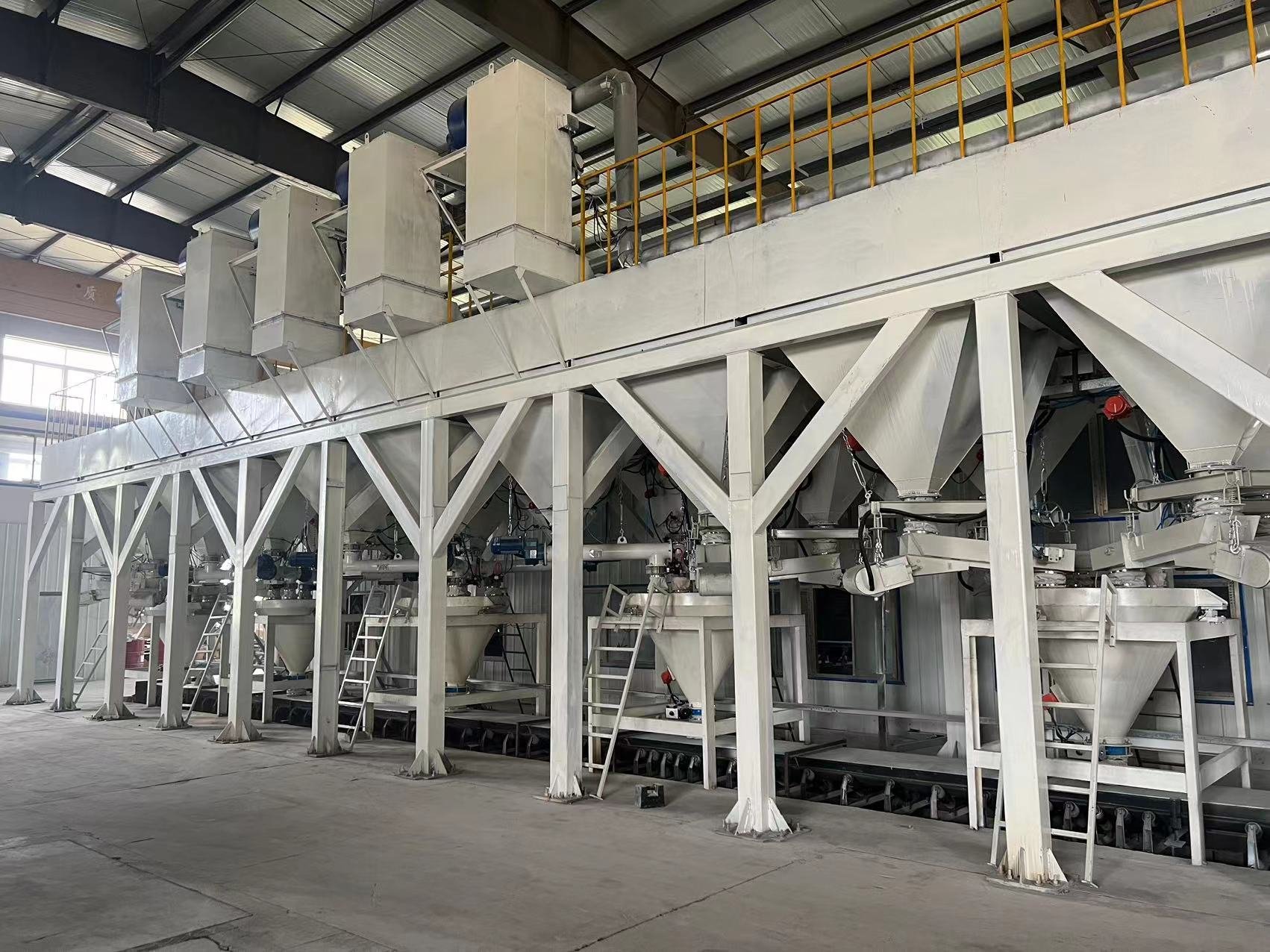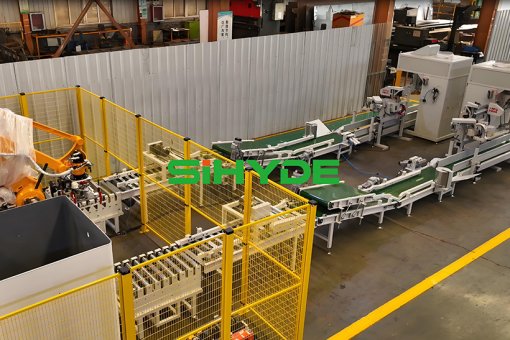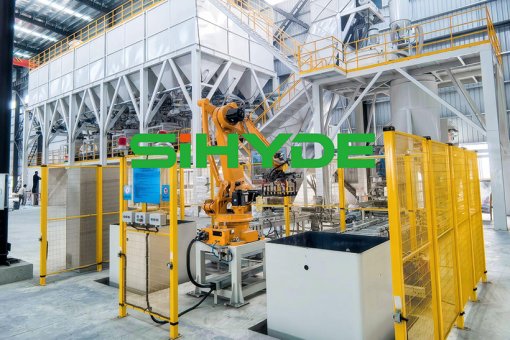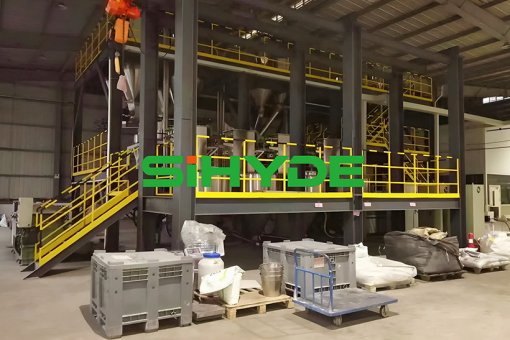"Non-standard automated production line" implementation process
The specific implementation will vary depending on the number, nature and scale of the projects. The implementation process mainly includes the following steps:

Understand customer needs. Find out from customer decision-makers the main purpose of installing automation equipment, whether it is to save manpower, improve efficiency or replace operators in high-risk jobs.
Collect customer information. Understand in detail the detailed parameters of the production process or supporting production equipment of the original process, as well as the existing production capacity, number of workers, quality requirements, raw and auxiliary materials, etc. It is best to go to the production line to consult with supervisors and operators at multiple levels, and understand the environmental requirements in the workplace and whether there are any special requirements.
Confirm the plan. Based on the above two basic conditions and the available conditions, propose a preliminary feasibility plan, and after collective discussion, deliver it to the customer for confirmation (generally, this will take several rounds before it can be initially determined).
Conventional design. After the above work is completed, the design of the assembly general drawing sketch can be carried out, and the conventional mechanical design workflow can be entered. At the same time, electrical engineers and programmers will design and compile electrical schematics and program control software based on the overall implementation plan and process flow chart.
Parameter verification. According to the customer's requirements for production capacity, the process step design of the entire process is carried out, and the functions of the preliminarily selected automation components are verified and confirmed.
Selection of main components. After the feasibility plan is confirmed by the customer, the selection of automation components can be started.
Audit and customer confirmation. After completing the mechanical design, outsourcing automation components, mechanical processing parts, electrical diagrams and program control diagrams, after standardized review and customer reconfirmation, manufacturing, assembly and debugging can be carried out, and after completion, the trial operation stage can be entered.
On-site debugging. After the trial operation and testing, after the design requirements can be met and the customer requirements can be realized, the customer's on-site installation and debugging stage can be carried out until the entire project is completed.





